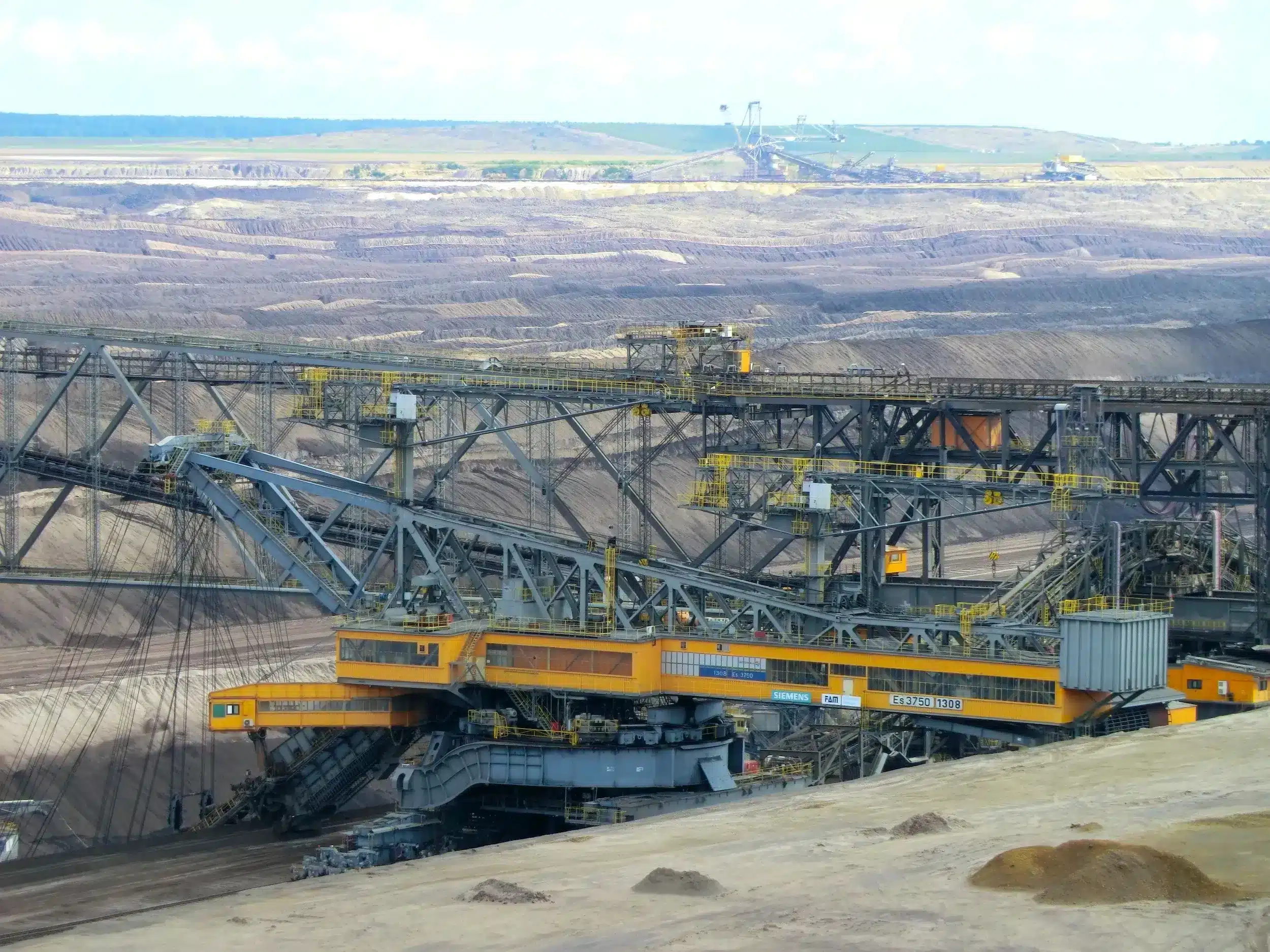The Kindersley Project by Grounded Lithium Indicates Great Economic Potential for the Production of Lithium Hydroxide
The Kindersley lithium project’s preliminary economic assessment (PEA), published by Grounded Lithium (TSXV: GRD; OTCQB: GRDAF), shows a strong case for manufacturing battery-grade lithium hydroxide monohydrate (LHM) with room to grow.
The project’s first phase, which is situated in Saskatchewan, has an after-tax net present value (NPV) of $1.0 billion at an 8% discount rate and an after-tax internal rate of return (IRR) of 48.5%. The project is expected to require an initial capital investment of $335 million, with a 3.7-year payback period.
With an initial capital intensity of $30,500 per tonne of LHM, the Kindersley project stands out from other North American brine-based lithium initiatives due to its lower capital intensity. According to estimates, the project’s total operating expenses will be $3,899 per tonne of LHM, or $42.9 million year.
The PEA states that, under the assumption of a $25,000 per tonne sales price, the project’s production output should reach 11,000 tonnes of LHM annually.
Gregg Smith, CEO of Grounded Lithium, was upbeat about the project’s independent economic outcomes, saying that in terms of capital and operating costs, they compare favorably within the lithium mining sector.
Recent Posts

Google’s developments in AI. Greetings from the Gemini Era

The UAE Introduces a New AI System to Take on Big Tech Companies

Jeep Unveils North America’s First EV


Apple Keeps Advancing in Financial Products


